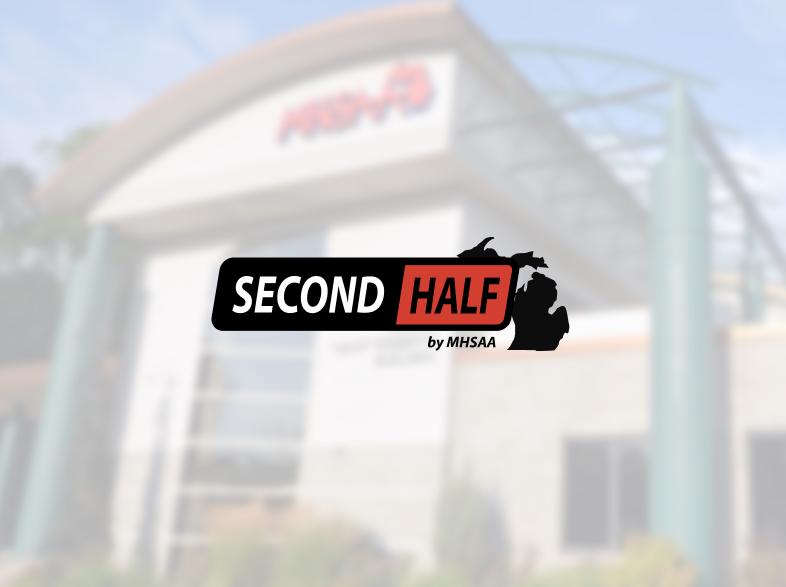
In Search of a Quarterback
October 6, 2011
As America works and wanders its way through the messiness of choosing its presidential candidates, I look around for ones that I wish were available, and I find the choices quite limited and disappointing. Seems I’ve always tended to favor those who were least electable.
One of those “losers” of years gone by was Jack Kemp who, ironic for the times we now live in, was considered a little too conservative for the national ticket.
Actually, Kemp – the former NFL quarterback, U.S. Congressman and Secretary of Housing and Urban Development under the first President Bush – appears more balanced and bright than any in the field of candidates the Republican Party will offer this time around.
Kemp’s platform circa 1992 was to be “optimistic, inclusive and ready for change.” That was his personal style and his prescription for America.
I wish we’d have that choice today for quarterbacking our nation.
But regardless, his approach – “optimistic, inclusive and ready for change” – remains a perfect prescription for organizational leaders, including those who are responsible for schools and school sports.

A Walk in the Woods
July 3, 2018
(This blog first appeared on MHSAA.com on July 30, 2010)
My wife and I were on a long walk through the woods and back roads of west Michigan this summer when she remarked, “We’re not lost; but we don’t know where we are.”
We knew how to get back to our car, but we didn’t know the direction we were headed. “We’re not lost,” I mused; “but we don’t know where we are.”
That’s an apt description for interscholastic athletics. We could back-track on the path to the origins of this journey, so we’re really not lost. But I don’t know anyone who really knows where we are, which direction we might be headed.
There are few who have viewed interscholastic athletics from more angles than I; but I’m not any clearer about the future than the newest coach or most casual fan. I’ve looked at high school sports as a coach, and as the son of a coach. I’ve been involved as a player, and as the parent of two players. I’m the son of a state leader and the protégé of a national leader. I’ve been an administrator at the state and national levels. I’ve read the old histories and handbooks, and I’ve talked at length with key leaders of the past. But I don’t know where we’re headed.
Where does this path lead that relaxes or eliminates out-of-season practice and competition restrictions for athletes and their coaches? From the repeated complaints of coaches and administrators, it’s evident that path was a bad choice; but how now to find our way back? We’ve taken a few steps back, but we know it was downhill to this point and a tough uphill climb back.
Where, if ever, is the end of this path that leads to more and more commercialization of sports? Where are we being taken as high school associations in other states relax or eliminate amateur and awards rules?
Where are the sporting goods manufacturers and street agents taking high school basketball? Will the game that has captured hearts and minds for generations continue its charm when the pervasive corruption of college basketball is exposed or it infects high school heroes beyond healing?
When, if ever, will the government’s thirst to regulate sports be quenched? Where, if ever, will the requests end for extra protections and privileges for special groups?
When, if ever, will seasons be long enough, travel far enough and the stakes high enough to satisfy promoters? Where are we being taken as high school associations in other states take down the barricades placed on those paths by the pioneers of our programs?
Eventually, on our walk through the woods, my wife and I determined it was time to turn around and head back toward our starting point. We didn’t think we could go any further ahead and still make our way back. We knew we didn’t have the power of mind to remember more turns. We ran out of memory before we ran out of energy.
I worry that some of those who are pushing the limits of high school athletics have forgotten where they parked the car. And having forgotten this, they wander in vain through the woods, trying this turn and that.
They’ve run out of memory, but not energy; and sadly, they drag us along, deceiving us and perhaps themselves that it’s only around the next corner or over the next hill that we will see clearly again or reach our goal.
(Note: This was first published in the MHSAA’s August 1995 Bulletin and in 2000 was included in the book Raising Expectations, which is now a part of the MHSAA Library.)

